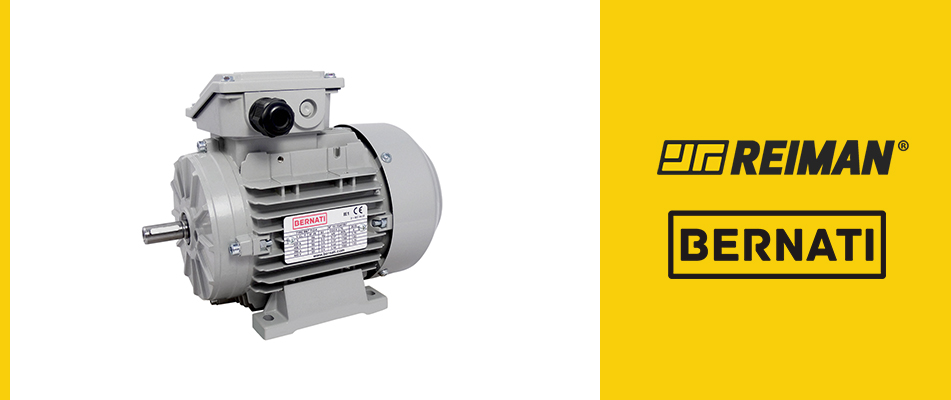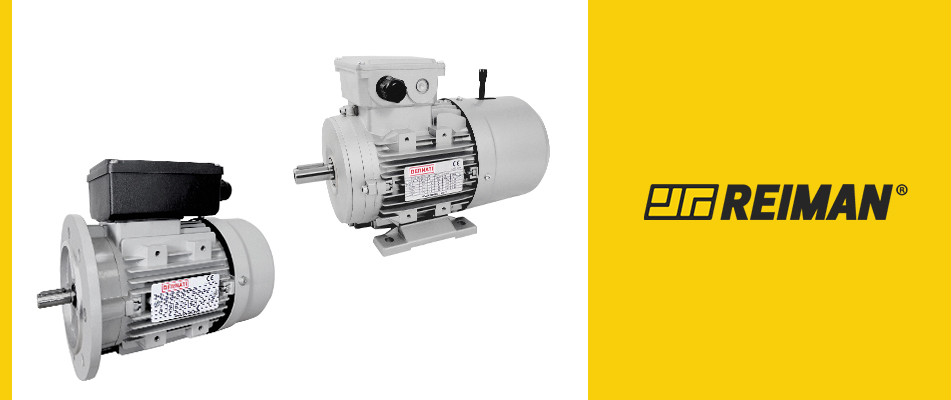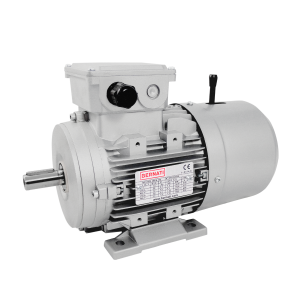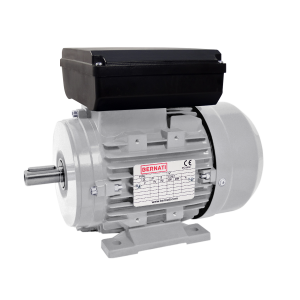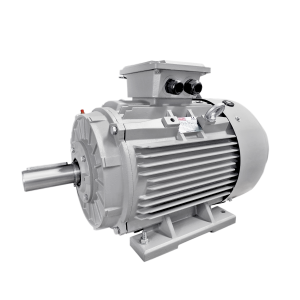What are the most common types of electric motors?
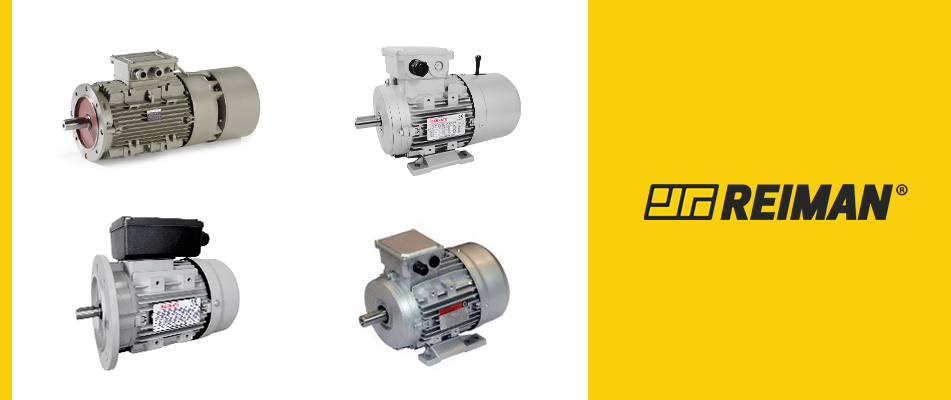
Electric motors are known for their ability to convert electrical energy into mechanical energy. The versatility of these types of equipment makes them applicable in any kind of industry and industrial process. The choice of the motors is based on the control that the specific application needs and therefore it is important to know each motor individually, since they differ in many ways.
Most common types of electric motors:
1. AC Motors (Alternating Current Motors):
AC motors are driven by an alternating current, this means they can produce mechanical energy from a simple electrical input signal. Alternating currents are those that, around a circuit, convert the direction at regular intervals. These motors always depend on an alternator in order to produce the alternating load direction. A very important aspect that should be highlighted is the fact that the great majority of AC motors do not have brushes, which makes them easy to maintain and quite reduced.
These types of motors are characterized by their high durability and production capacity, which in the long run becomes an asset for any company.
Alternating Current Motors (AC Motors) are divided into two main categories:
- Synchronous
A synchronous motor, as the name implies, is one in which the rotor rotates synchronously with the rotating field of the machine and therefore does not need current induction to produce the magnetic field of the rotor. This happens because these types of motors have AC electromagnets.
Unlike synchronous motors, asynchronous motors are those whose rotor rotates at a different (lower) speed than synchronous speed which means that the electrical current in the rotor needed to produce torque is obtained by electromagnetic induction from the magnetic field of the stator winding.
Induction motors are organized in two types:
Single-phase electric motors run on alternating current through a single-phase power supply. They generate a non-rotating but alternative magnetic field and therefore need a capacitor to operate.
These motors are suitable for applications requiring high starting torques and overload values, such as air compressors, pumps, etc. Still, it is important to note that single-phase induction motors are of different types depending on several factors.
Three-phase electric motors run on three-phase alternating current, which means they have three AC power sources. These energy sources are not working in an alternating way and therefore never two AC waves are at the same point. Thus, it is possible to establish a rotating magnetic field that rotates around the stator at a continuous speed.
These electric motors are among the most used in industries worldwide and are used in "heavier" activities.
2. DC Motors (Direct Current Motors):
DC motors convert energy into mechanical rotation through direct current. These motors were the first to be used since they could be powered from existing direct current lighting energy distribution systems. The smaller motors are used in small appliances, while the larger ones are adaptable to electric vehicles, for example. Still, the replacement of these motors by AC motors is very recurrent since the last ones are much more technologically developed and therefore can replace DC motors in various applications.
DC motors are divided into two main categories:
-
- Brushless
Brushless DC motors are synchronous motors fed by direct current through a power supply that generates alternating current so that it is possible to drive the different motor phases through a closed circuit controller. The construction of these motors is associated with permanent magnet synchronous motors and also with induction motors. The main advantages of brushless motors are essentially:
-High performance
-High speed
-Electronic control
-Less maintenance
- Brushed
The brushed electric motors are switched internally so that their operation is possible through a direct current power source. Their speed can be changed by changing the operating voltage or the force of the magnetic field. For over 100 years these motors have been used to operate in various industries, but today the picture is a little different. The fact that these are brushed motors makes them require much more maintenance, because the brushes get worn very easily. In this way, the use of these motors has been gradually decreasing and, consequently, they are replaced by others.
Get to know the whole range of Bernati electric motors
For more information, please contact Reiman's specialized team.

